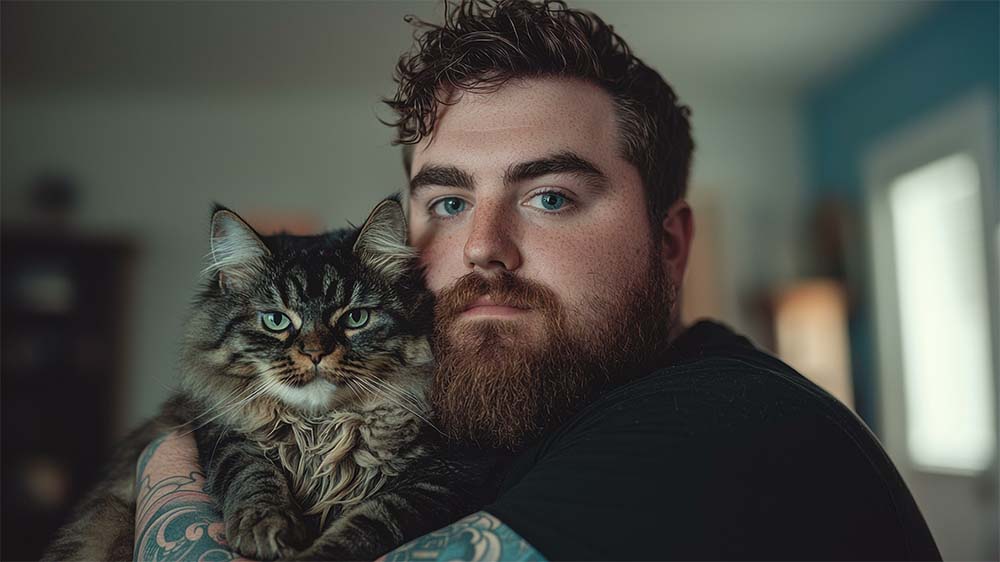
Pets and Tattoo Healing
|
|
Time to read 4 min
|
|
Time to read 4 min
While our furry companions bring joy to our lives, their affectionate interactions can pose a hidden threat to fresh tattoos. By understanding these risks and taking proactive measures like limiting contact, using protective barriers, and practicing meticulous hygiene, you can safeguard your tattoo from potential harm.
We've seen firsthand the transformative power of ink. However, I've also witnessed the devastating consequences of infected tattoos, often caused by an unexpected source: our beloved pets. While our furry companions enrich our lives, their affectionate interactions can inadvertently introduce harmful microbes into fresh tattoos, turning a work of art into a medical battleground. Let's explore the microbial world lurking on our petsa and the infections they can trigger in vulnerable tattoos.
Our pets, despite our best efforts, carry a diverse range of microorganisms on their fur, paws, and in their mouths. While many are harmless, others can wreak havoc on a healing tattoo, leading to various infections:
The transfer of these microbes from your pet to your tattoo can occur through seemingly harmless interactions:
The warm, moist environment of a fresh tattoo creates a perfect breeding ground for bacteria, increasing the risk of infection. It's crucial to remember that even a small amount of bacteria can lead to significant complications if left unchecked.
Safeguarding your tattoo from your furry friends requires vigilance and a proactive approach:
At SecondSkin, we understand the delicate balance between loving your pet and protecting your tattoo. Our products are meticulously crafted to create a safe haven for your healing skin, minimizing the risk of infection and promoting optimal recovery.
Our signature SecondSkin bandage acts as a microbial shield, preventing bacteria and irritants from reaching your tattoo. We also make soothing aftercare solutions. Our gentle cleansers and moisturizers are formulated with natural ingredients to soothe irritation, reduce inflammation, and support the skin's natural healing process. By incorporating SecondSkin products into your aftercare routine, you can confidently enjoy cuddles and playtime with your furry friend, knowing your tattoo is shielded from potential harm.
If you notice any signs of infection, such as increased redness, swelling, pain, pus, or fever, consult a healthcare professional promptly. Early intervention can prevent complications and ensure a smooth recovery.
Remember, prevention is key. By understanding the microbial risks posed by your beloved pet and taking proactive measures, you can safeguard your tattoo and cherish it for years to come.
While our furry companions bring joy to our lives, their affectionate interactions can pose a hidden threat to fresh tattoos. Their fur, paws, and mouths harbor a diverse array of microbes that can easily transfer to open wounds, leading to infections ranging from mild skin irritations to severe complications.
But by understanding these risks and taking proactive measures like limiting contact, using protective barriers, and practicing meticulous hygiene, you can safeguard your tattoo from potential harm.
Remember, SecondSkin aftercare products can provide an additional layer of protection, ensuring your ink heals beautifully without interference from your furry friend.